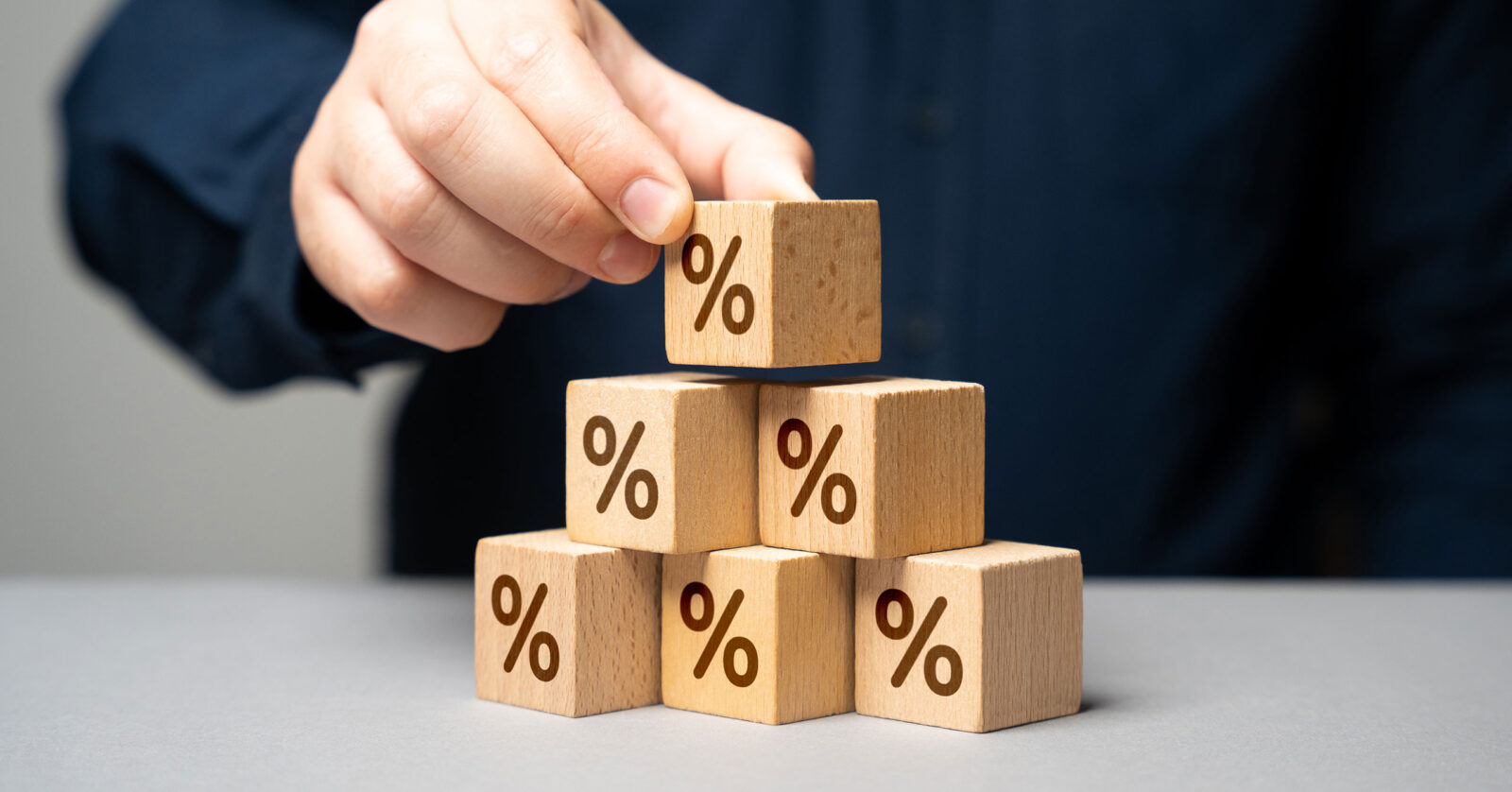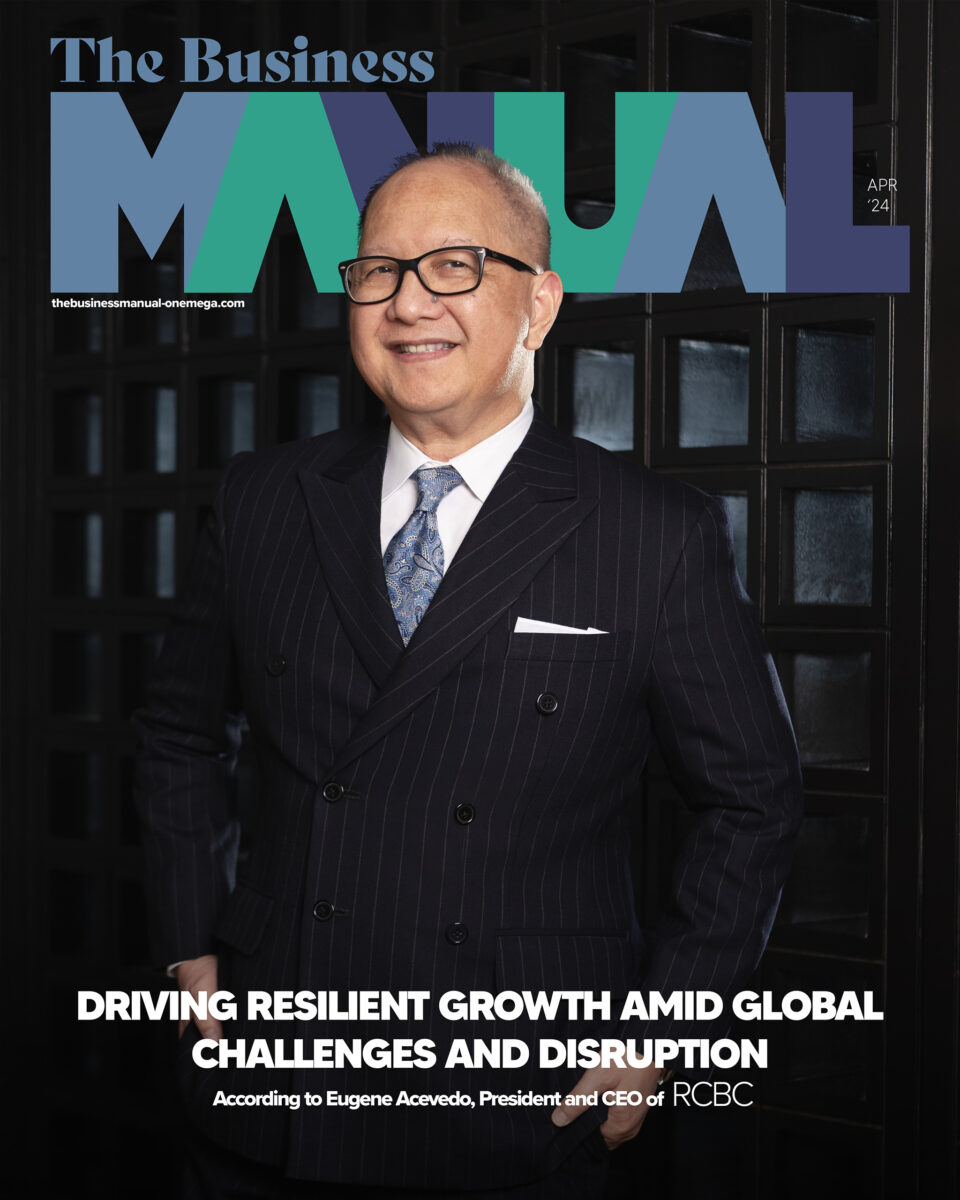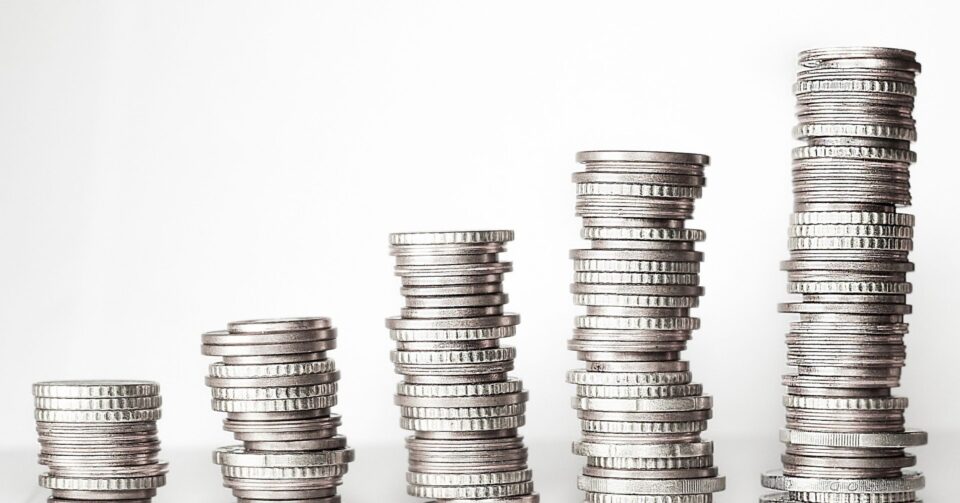Philippine Interest Rates to Remain High in the Coming Months

Due to price pressures brought by an increase in rice prices and electricity rates, and a delay in the United States’ own rate cut, the Bangko Sentral ng Pilipinas (BSP) is expected to maintain its tight monetary policy and keep interest rates high.
The Bangko Sentral is expected to keep the key interest rate at a 16-year high of 6.5%, dousing previous hopes of a rate reduction by the second quarter of the year.
The BSP has slightly revised its risk-adjusted inflation target to 4% from 3.9% for 2024, and kept its key interest rate at 6.5% in its last Monetary Board meeting. This, as inflation, or the rate of increase in the price of goods and services has been on an upward bias, after reaching a three-year low of 2.8% in January.
A reduction in the BSP’s benchmark interest rate also lowers banks’ interest rates on mortgage and other loans, which encourages businesses and consumers to spend and borrow more. But despite the increased economic activity it produces, the BSP tends to keep interest rates high when inflation is on an upward trend, as lower interest rates also puts pressure on prices to go up further.
Analysts say they now expect the higher interest rate and tight monetary policy to persist until the second half of the year. In his April economic report, Michael Ricafort, RCBC’s Chief Economist explained that the higher inflation rate and the U.S. Federal Reserve’s own “hawkish” or prudent position, are all working against a reduction in local interest rates in the near term.
“The markets recently signaled about a possible lower number of policy rate cuts from four to two, indicating a higher-for-longer interest rate stance,” he explained.
Adding to the odds is the U.S. Federal Reserve’s recent signals that it is likely to keep its own interest rates unchanged, despite earlier expectations that it would cut its interest rates that have already reached 22-year highs. “But high gas prices and housing costs, as well as worse –than-expected inflation rate readings, may make Fed officials wary of the decision to cut interest rates,” said Ricafort.
Inflation and Other Factors
“We believe the timing of such a reduction would require a Fed in easing mode and a more favorable domestic inflation landscape,” echoed Nicholas Mapa, Senior Economist at ING Bank Philippines in his own Economic Report.
Ricafort added that the inflation rate remains within the full year target of 2% to 4%. However, government must anticipate and manage several factors that could affect the target: The current El Nino phenomenon which is affecting food production and prices, world oil prices, the coming typhoon season, and possible escalation of the Israel-Iran conflict.
“If the Philippines manages to ease the inflation trend given its tight monetary policy stance, especially within the BSP’s inflation target, further local policy rate cuts could still be possible later this year,” he said.
For ING Bank, a rate reduction may be more possible by the second half, supported by a similar bias from the US Federal Reserve.
“With the Fed possibly pushing back the timing of its rate cuts to the second half of the year and Philippine inflation projected to breach the upper end of the BSP’s target in the near term, we believe the central bank will extend its hold until the Fed finally cuts its own policy rates and headline inflation cools,” noted Mapa.
Rizal Commercial Banking Corporation (RCBC) forecasts inflation to be around 4% from April to August, before going back to 3% for most months from August to December, and averaging 3.9% in 2024.




